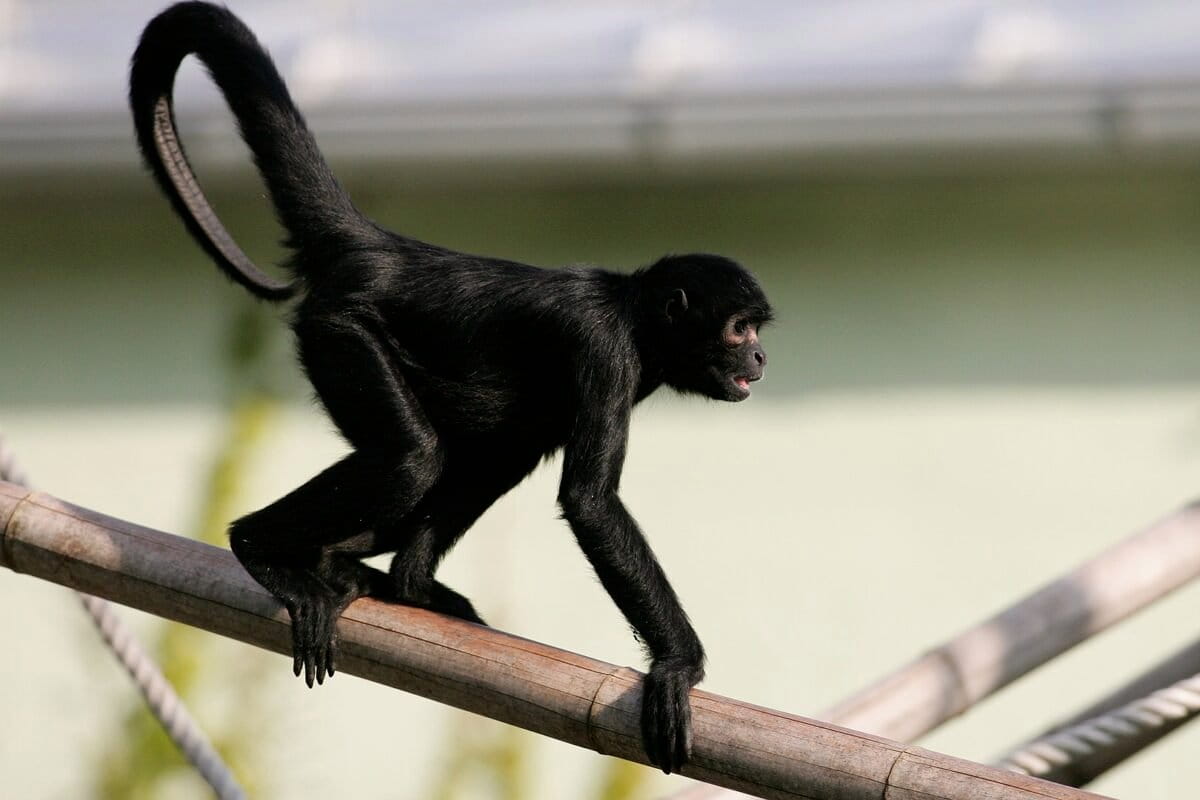An ongoing outbreak of yellow fever in Colombia is sickening and killing rare and threatened monkey species in captivity, a new studyshows.
Between February and May 2025, authorities reported eight deaths among four monkey species in southern Colombia’s Putumayo department, researchers note.
Six of the individuals were in captivity: one white-fronted capuchin (Cebus albifrons), four black-faced spider monkeys (Ateles fusciceps), a species classified as endangered on the IUCN Red List, and a common woolly monkey (Lagothrix lagotricha), listed as vulnerable. Two wild night monkeys (Aotus spp.) were found dead near the rural area of Vereda El Naranjito, close to one of the captive facilities.
Clinical signs of yellow fever among the monkeys included lethargy, fever, jaundice, muscle weakness, foamy nasal discharge, and general poor body condition.
Yellow fever is an infectious viral disease that spreads via mosquitoes. It’s thought to have originated in the tropical forested regions of Africa, then arrived in the Americas during the 1500s with the slave trade, after which it became endemic in the Amazonian forests.
South America has been experiencing a resurgence of yellow fever outbreak since 2024, with 326 confirmed human cases and 136 deaths reported across Bolivia, Brazil, Colombia, Ecuador, Guyana and Peru as of Aug. 14 this year.
Colombia’s Putumayo, a rainforest region bordering Ecuador and Peru, has historically been a hotspot for yellow fever transmission, but recent human cases reflect a spread beyond typical Amazonian regions into more populated areas, the study authors write.
Previously, most reported cases of yellow fever deaths in nonhuman primates came from golden lion tamarins (Leontopithecus rosalia) and brown howler monkeys (Alouatta seniculus). Howler monkeys, in fact, serve as an early warning for yellow fever outbreaks because they’re highly sensitive to the virus and often die quickly when infected.
The latest cases are the first evidence of natural yellow fever virus infection in white-fronted capuchins, black-faced spider monkeys and common woolly monkeys in care facilities, the authors say.
How the virus reached captive enclosures is unclear, but the outbreak indicates the need for “stringent mosquito control measures, enclosure design modifications (e.g., insect-proof netting), staff and visiting people vaccination, and regular entomological surveillance within and around such facilities,” they add.
Researchers emphasize that the deaths of threatened species beyond the commonly studied howler monkeys emphasizes the need for active surveillance of outbreaks in both captive and wild populations of different monkey species. Widespread loss of these primates could have long-term ecological consequences, “including disruption of seed dispersal and forest regeneration dynamics,” the study notes.
Still, the researchers caution their findings don’t confirm that the white-fronted capuchin, black-faced spider monkey or common woolly monkey actually play a role in transmitting yellow fever. Many of the affected animals showed signs of malnutrition and parasitic infections, which may have made them more vulnerable to the disease to begin with, they say.
Banner image of a black-faced spider monkey by Patrick Müller via Wikimedia Commons (CC BY-SA 3.0).
